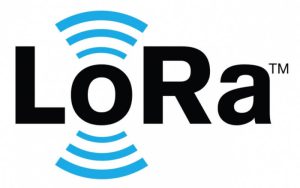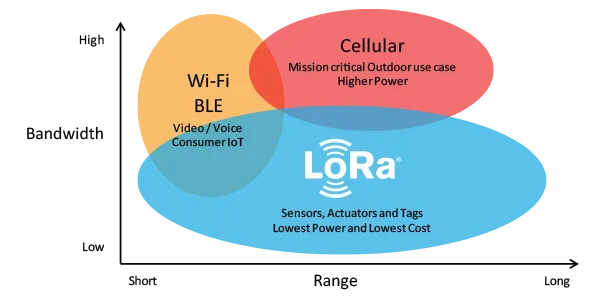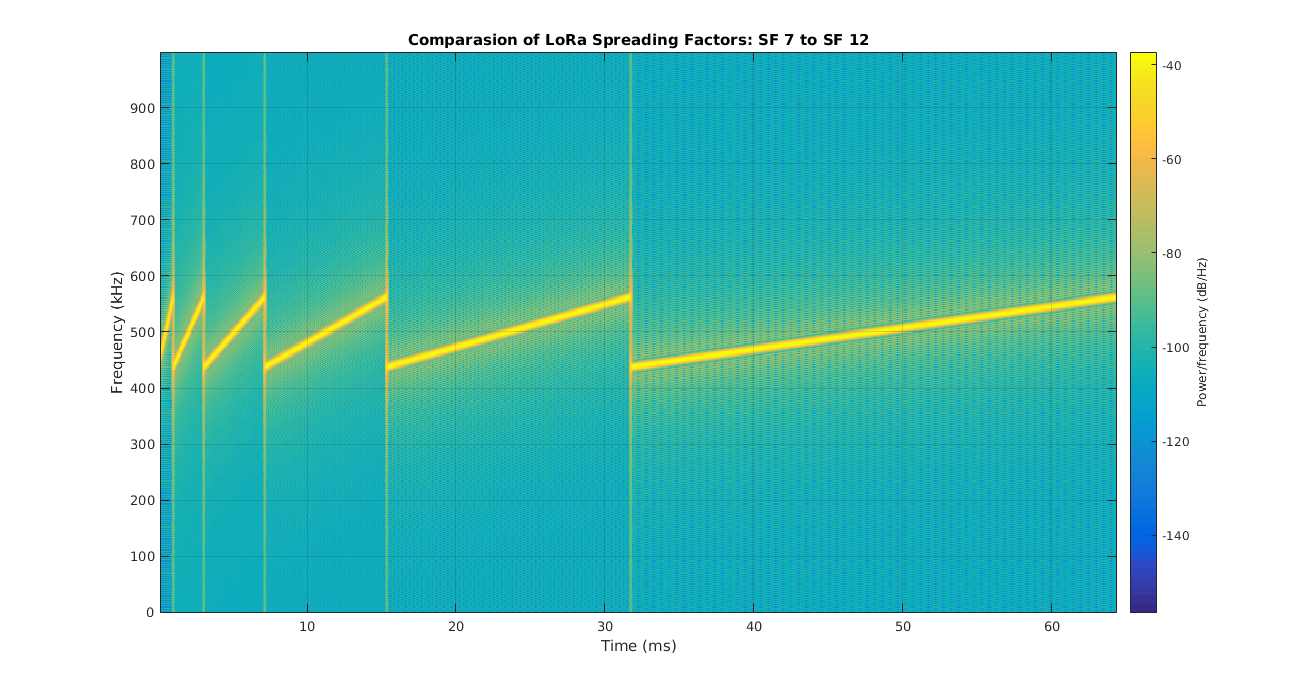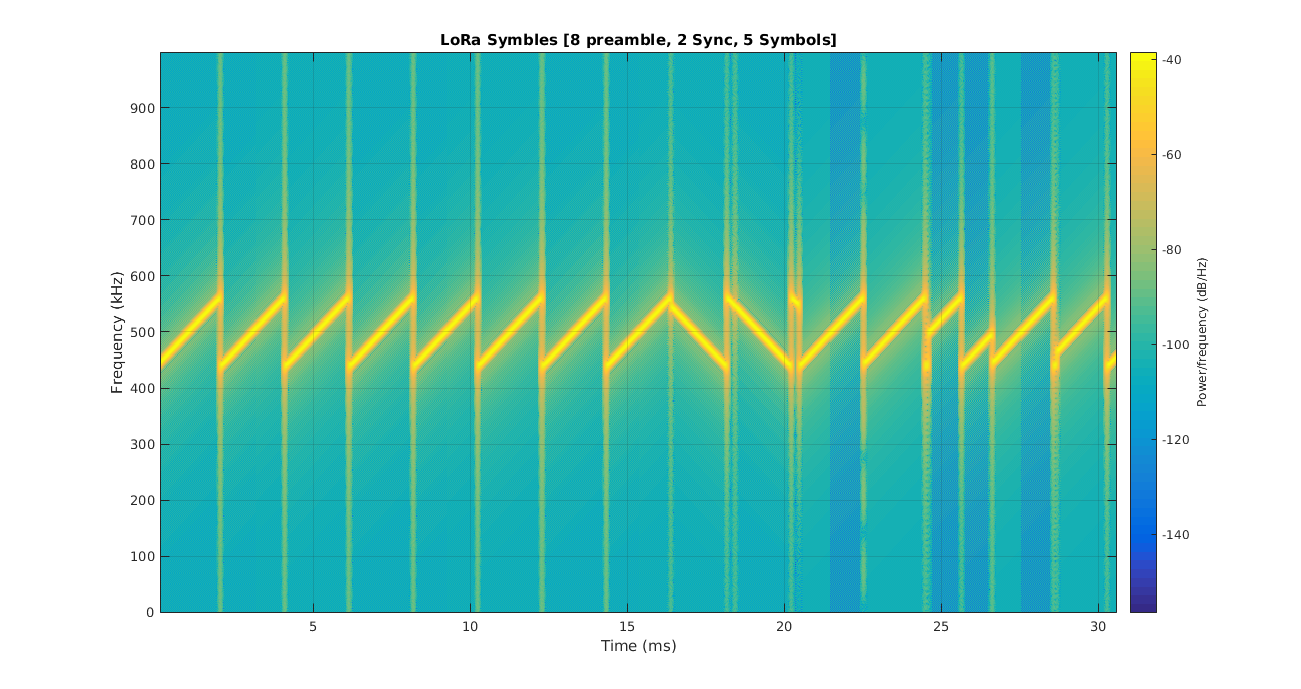What is LoRa?
 LoRa stands for “Long Range, low Power” and refers to a wireless communication technology designed to transmit data over long distances. This technology is widely used for the Internet of Things (IoT) and machine-to-machine (M2M) communications. LoRa provides a means for wireless data transmission over long distances with low power consumption, making it particularly good for battery-powered devices and applications that require long battery life.
LoRa stands for “Long Range, low Power” and refers to a wireless communication technology designed to transmit data over long distances. This technology is widely used for the Internet of Things (IoT) and machine-to-machine (M2M) communications. LoRa provides a means for wireless data transmission over long distances with low power consumption, making it particularly good for battery-powered devices and applications that require long battery life.
The key features of LoRa are:
- Long range: LoRa technology allows data to be transmitted over distances ranging from several kilometers to tens of kilometers, depending on the environmental conditions and the hardware used.
- Low power consumption: LoRa devices are energy efficient and can therefore be powered by batteries or other energy-efficient power sources. This makes them ideal for applications where battery consumption must be minimized.
- Low data rates: LoRa offers comparatively low data rates compared to other wireless technologies such as Wi-Fi or 4G/5G. However, this is sufficient for many IoT applications where only occasional small amounts of data need to be transmitted.
- Long battery life: Due to the low power consumption and efficiency of LoRa devices, they can often operate for years without battery replacement.
LoRa is based on a modulation technology that enables signals to be received even under poor radio conditions. This technology is often used in conjunction with a LoRaWAN (LoRa Wide Area Network), a wireless network protocol designed specifically for communication with LoRa devices. LoRaWAN enables communication between LoRa devices and a central LoRaWAN network server that processes and relays the collected data from the devices.
LoRa and LoRaWAN have a wide range of applications, including smart cities, environmental monitoring, asset tracking, agriculture, smart buildings and more. They offer a cost-effective way to provide wireless connectivity for IoT applications distributed over large geographic areas.
Bandwidth vs. range
LoRaWAN is suitable for transmitting small payloads (such as sensor data) over long distances. LoRa modulation offers a significantly longer communication range at lower bandwidth than other competing wireless data transmission technologies. The following figure shows some access technologies that can be used for wireless data transmission and their expected transmission ranges versus bandwidth.

Frequency Ranges
Here are the most common frequency bands for LoRa (depending on region and regulatory requirements):
- 868MHz: In Europe, the most commonly used frequency band for LoRa technology due to its excellent range and penetration characteristics. In North America, the 915 MHz band is used. Exact frequency ranges may vary by country as regulatory authorities determine the use of certain frequencies.
- 433 MHz band: The 433 MHz band is also used in Switzerland for LoRa communications, although it is less common than the 868 MHz band. This band is suitable for amateur radio applications.
- 2.4 GHz band: In some regions, LoRa is also used in the 2.4 GHz band. This band is used worldwide for WLAN and other wireless technologies, and using LoRa in the 2.4 GHz band may therefore be subject to more interference.
Transmission rates
Transmission rates for LoRa in the sub-GHz band range from a maximum of 125 bps (bits per second) to a few bits per second when long range is desired, depending on the configuration.
Transmit power
The transmit power of the common devices is 15dBm. It is allowed to transmit only during 1% of the time.
Modulation type “Chirp Spread Spectrum” (CSS)
LoRa (Long Range) uses a special modulation type called “Chirp Spread Spectrum” (CSS). Chirp Spread Spectrum is a type of frequency modulation where the frequency of the carrier signal is changed linearly over time, which is called a “chirp”. This chirp requires a very large bandwidth (typically 125kHz).
LoRa uses three different bandwidths: 125kHz, 250kHz and 500kHz (in this example 125kHz is used.). LoRa symbols are modulated over an up-chip of 125kHz bandwidth and different orthogonal spreading factors are used depending on data rate requirements and channel conditions. LoRa uses spreading factors SF7 through SF12.
Here is a spectrogram for different spreading factors:

Example of a transmission in CSS
The LoRa physical layer consists of 8 preamble symbols, 2 synchronization symbols, physical payload and optional CRC.
- SF8 takes exactly twice the time of SF7 and SF9 takes exactly twice the time of SF8.
- Ratio of symbol rate(r), bandwidth(BW) and propagation factor(SF): RS = BW / (2^SF)
- Higher the spread factor -> Higher the free time.
- Reduce the spread factor -> Higher the data rate.
Here is the spectrogram of the physical LoRa layer:

The first 8 up-chirp symbols are preamble symbols used to detect LoRa chirps, the next 2 down-chirp symbols are synchronization symbols used for timing synchronization, followed by the 5 modulated symbols (payload). The frequency hopping represents the modulated symbol.
The main features and characteristics of Chirp Spread Spectrum are:
- Frequency modulation: In the CSS method, the information is represented by a continuous change in the carrier frequency. This is in contrast to conventional amplitude modulation (AM) or frequency modulation (FM), where the information is represented by changes in amplitude or frequency of the carrier signal.
- Linear Frequency Change: The chirp process is linear, meaning that the frequency of the signal increases or decreases at a constant rate over time. This linear frequency change allows signals to be distinguished even when received over long distances or in environments with many reflections and interferences.
- Narrow bandwidth: Chirp spread spectrum signals typically have a narrow bandwidth compared to other types of modulation. This means that they require little spectrum and multiple chirp signals can be transmitted simultaneously in one frequency range without interfering with each other.
- Robustness to interference: CSS is robust to interference and multipath propagation, which means that signals can be reliably received even in environments with many obstacles and interference.
- Low power consumption: due to its narrow bandwidth and ability to transmit signals at low power, CSS is energy efficient, making it ideal for battery-powered devices and IoT applications.
Overall, chirp spread spectrum modulation enables the transmission of information over long distances with low power consumption and high reliability. This makes it particularly suitable for applications where long range wireless communication is required, as is often the case in IoT applications.
Practical applications of LoRa in amateur radio
LoRa APRS
A new APRS system has been set up in parts of Switzerland. It uses LoRa 433MHz modules and operates with much less power than traditional APRS on 2m (https://github.com/lora-aprs/LoRa_APRS_Tracker )
Link: https://www.swiss-artg.ch/index.php?id=170
APRS-iGates der SWISS-ARTG: https://www.swiss-artg.ch/index.php?id=61&tx_news_pi1%5Bnews%5D=295&tx_news_pi1%5Bcontroller%5D=News&tx_news_pi1%5Baction%5D=detail&cHash=a93825eacdb54d2bb184166ba60c2467
LoRa kit: https://www.swiss-artg.ch/index.php?id=174#c524
LoRa listening
LoRa is used by small satellites to transmit telemetry data. These satellites can be intercepted (https://tinygs.com/)
LoRaWAN
 LoRaWAN (Long Range Wide Area Network) is a wireless communication protocol specifically designed for the Internet of Things (IoT) and is based on LoRa (Long Range) technology. LoRaWAN extends LoRa technology by providing a network protocol that enables communication between LoRa-enabled end devices and a central network server.
LoRaWAN (Long Range Wide Area Network) is a wireless communication protocol specifically designed for the Internet of Things (IoT) and is based on LoRa (Long Range) technology. LoRaWAN extends LoRa technology by providing a network protocol that enables communication between LoRa-enabled end devices and a central network server.
Here are the main components of LoRaWAN:
- End devices (LoRa nodes): These are the IoT devices that collect or control data and communicate with the LoRaWAN network. These devices are usually equipped with LoRa radio modules and can contain various sensors, actuators or other IoT components.
- Gateways: LoRaWAN gateways are devices that receive data from the end devices and forward it to the central network server. These gateways are strategically placed in an area to ensure good coverage.
- Network server: The central network server is the heart of a LoRaWAN network. It receives data from the gateways, processes it, forwards it to the right applications, and ensures that communications are secure and reliable.
- Applications: Applications and services that access and use the data collected from the endpoints to meet specific needs. These can be applications for monitoring environmental conditions, asset tracking, smart cities and more.
Link: https://www.lora-wan.de/
LoRa Alliance
 The LoRa Alliance is an independent non-profit organization that plays an important role in the promotion, development and standardization of LoRaWAN technology. Its main goals and objectives include:
The LoRa Alliance is an independent non-profit organization that plays an important role in the promotion, development and standardization of LoRaWAN technology. Its main goals and objectives include:
- Standardization: the LoRa Alliance works to develop and promote open standards for LoRaWAN. This helps to ensure interoperability between different LoRaWAN devices and networks and to promote wide adoption of the technology.
- Certification: The LoRa Alliance operates a certification program that ensures LoRaWAN devices and networks comply with established standards. This promotes the quality and reliability of LoRaWAN implementations.
- Promoting the technology: the LoRa Alliance works to raise awareness of LoRaWAN and its use cases. This is done through marketing initiatives, events, and educational efforts.
- Advocacy: The LoRa Alliance represents the interests of its members and the LoRaWAN community at the policy and regulatory levels. This includes working with regulatory agencies and supporting policies that promote the use of LoRaWAN.
- Ecosystem Building: The LoRa Alliance promotes the building of a comprehensive LoRaWAN ecosystem by bringing together companies, research institutes, developers and users. This contributes to the innovation and advancement of LoRaWAN.
- Specification Development: The LoRa Alliance works to develop LoRaWAN specifications to ensure that the technology meets the changing needs and challenges of the IoT.
The LoRa Alliance has a broad membership base that includes companies, research institutions, and other organizations interested in promoting and advancing LoRaWAN. Their efforts have helped make LoRaWAN a widely deployed and accepted technology for the Internet of Things (IoT) and promote the availability of LoRaWAN networks and devices worldwide.
The Things Network
This is a LoRaWAN network founded by enthusiasts that consists of many private gateways and an open network. It can be used by all sensors for free.
Helium
This is a closed LoRaWAN network that is mainly used to mine a cryptocurrency. Participation is at your own risk.
There are also some commercial LoRaWAN networks. In Switzerland, one is operated by Swisscom.
Link: https://www.thethingsnetwork.org/docs/lorawan/what-is-lorawan/
Link: https://lora-alliance.org/
LoRa Spezifikationen (auch LoRaWAN): https://resources.lora-alliance.org/technical-specifications
Quelle: https://chat.openai.com/share/a9cdf312-c8ba-4ef4-8d7e-1c15def48177
Quelle: https://www.sghoslya.com/p/lora-is-chirp-spread-spectrum.html
